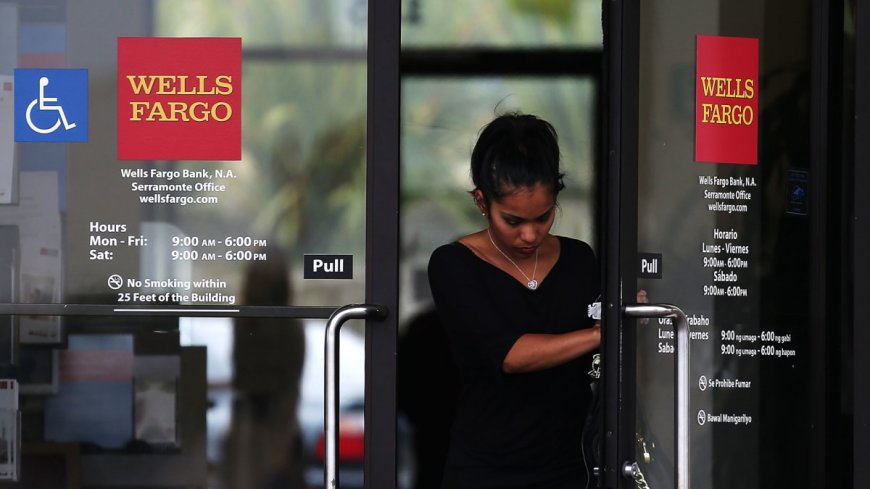Wells Fargo, Bank of America Make Move Customers Will Hate
Shuttered bank branches are just a sign of the times.

Bank branches are going the way of video stores and pay telephone booths, and there's nothing financial consumers can do about it.
In Philadelphia, Wells Fargo has closed 17% of its local bank branches since 2020. Regional kingpin PNC is not far behind, shuttering 15% of its branches in the Philadelphia area, according to the Philadelphia Business Journal. Bank of America has gotten into the act, closing 5% of its physical locations in the region, as well.
DON'T MISS: Scandal Costs Wells Fargo Another $1 Billion
It’s not just a Philly problem. Big banks are closing branches in New Jersey, Maryland, Ohio, Washington, D.C., Illinois, and Michigan, as well as out west in Nevada, California, and Arizona.
Bank branch closings are actually nothing new.
According to the U.S. Federal Deposit Insurance Bureau (FDIC), large commercial U.S. banking locations have fallen from 8,000 in 2000 to 4,236 by 2021 ans 4,194 by 2022. The spider web of U.S. branch bank offices tied to big banks has slid significantly, as well.
“US banks closed 149 branches and opened 49 in March, resulting in a total of 78,588 active branches,” S&P Global Market Intelligence data reported on April 28, 2023.
If the trend of current bank branch closings continues there may be no bank branches left in 10 years.
Self Financial estimates the number of U.S. bank branches will fall from about 60,000 in 2023 to approximately 15,660 in 2030 – and continue falling until there are no bank branches left by 2034.
Why are so many bank branches closing and why is that pace of closing accelerating in the past several years?
Bank executives say consumer attitudes have changed with the times.
At Wells Fargo, the banking giant is reporting a plunge in face-to-face teller transactions.
"Our branch network will continue to be the key to the business, but our customers expect us to provide them with increasingly digitized and seamless banking experiences across all channels," President and CEO Charles Scharf noted on a recent quarterly earnings call.
That’s certainly true, as the global pandemic and resulting home lockdowns left consumers with little choice but to bank digitally in 2020 and 2021. Banks also saw revenues sink after years of low-interest rates that squeezed profits and forced financial institutions to shutter unprofitable and high-overhead bank branches.
Additionally, surging competition from online-only banks like Ally Bank and SoFi and from larger non-financial services industry behemoths like Apple and its new savings account, which offers a high 4.15% interest rate, are forcing bank hands with branch closings.
That may be good news for bank shareholders but it’s not helpful to retail banking consumers, especially those consumers who are at heightened financial risk.
“The banking industry is withdrawing from the most vulnerable communities in the country at an astounding clip despite the resumption of normal economic activity in mid-2021,” said Jason Richardson, director of research at the National Community Restoration Coalition. “After using the initial lockdown phase of the pandemic to double the rate of branch closures, banks maintained that alarming pace in the past year."
This aggressive drawdown of in-person service will have negative consequences everywhere – but especially in rural, lower-income, and majority-minority communities, Richardson adds.
What's Your Reaction?



























































